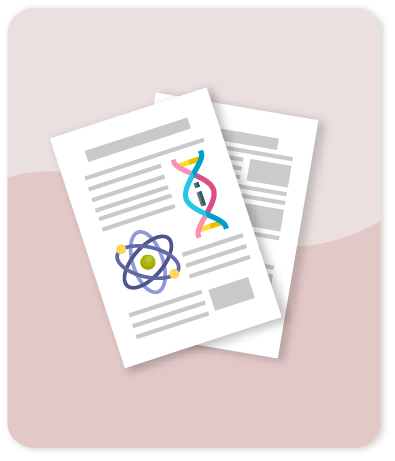Effect of Heat Treatment on Tribological Properties of Ni-B Coatings on Low Carbon Steel: Wear Maps and Wear Mechanisms

Compartir este ítem
Autor
Arias S.
Castaño J.G.
Correa E.
Echeverría F.
Gómez M.
Citación
Metadatos
Mostrar el registro completo del ítemResumen
Among the alternatives for using low-carbon steel in parts with heavy wear, as gears and bearing surfaces, Ni-B electroless coatings deposited on these steels are considered due to their wear resistance. Wear maps, elaborated from friction or wear results found for different evaluated conditions, are a very useful tool for the selection of materials based on tribological properties. However, wear maps for electroless Ni-B coatings are very scarce. In this work, dry sliding wear tests with different loads and sliding velocities were performed on Ni-B electroless coatings applied on AISI/SAE 1018 steel, with and without heat treatment at 450 °C for 1 h, with the aim of determining the effect of the heat treatment on the friction coefficients and wear rates. Contour and profile maps, and finally friction and wear maps, were constructed for each of the coatings evaluated. The coating properties before and after the heat treatment were studied by means of scanning electron microscopy (SEM), atomic force microscopy (AFM), X-ray diffraction (XRD), scratch tests, nanoindentation, and differential scanning calorimetry (DSC). Sliding wear tracks were studied using SEM, energy-dispersive spectroscopy (EDS), and micro-Raman spectroscopy. Good agreement between experimental and predicted values was found in friction and wear maps. Wear mechanisms change from flattening in less severe conditions to abrasion in more severe conditions, besides spalling and adhesive wear in untreated coatings. Moreover, abrasive wear is lower in heat-treated coating than in untreated coating. © 2019 by ASME.
Colecciones
- Indexados Scopus [1632]
